Direct to Film (DTF) printing is a relatively new technology in the world of textile printing, offering a versatile and cost-effective alternative to traditional printing methods like screen printing and direct to garment (DTG) printing. This article aims to provide an in-depth understanding of DTF printing, covering its process, advantages, applications, and comparison with other printing technologies.
Introduction to Direct to Film Printing
Direct to Film printing involves printing a design onto a special film and then transferring it onto a fabric. Unlike DTG printing, which requires the fabric to be pre-treated, DTF allows printing on a wide range of textiles without any pre-treatment, making it a more flexible option.
The Process of DTF Printing
The DTF printing process can be broken down into several steps:
- Design Preparation: The process starts with preparing the design using graphic design software. The design is then mirrored, as it will be transferred onto the textile in reverse.
- Printing the Design: The prepared design is printed onto a PET film using specialized DTF printers. These printers use a particular kind of ink that ensures durability and vibrancy on various fabrics.
- Applying Powder Adhesive: After printing, a powder adhesive is applied to the printed film. This adhesive is crucial for the transfer process, as it allows the design to adhere to the fabric.
- Curing the Ink and Adhesive: The film with the design and adhesive is then passed through a curing oven or heat press to melt the adhesive and cure the ink.
- Transferring to Fabric: The final step involves transferring the printed design from the film onto the fabric using a heat press. The heat and pressure cause the design to bond with the fabric.
- Final Curing: Some DTF processes might require a final curing step to ensure the durability of the print.
Advantages of DTF Printing
- Versatility: DTF printing works on a variety of fabrics, including cotton, polyester, and blends.
- Quality and Durability: DTF prints are known for their high quality, vibrant colors, and durability.
- No Pre-treatment Required: Unlike DTG, DTF does not require pre-treatment of fabrics, saving time and resources.
- Cost-Effective for Small Runs: DTF is cost-effective for small to medium print runs, making it ideal for custom orders and small businesses.
Applications of DTF Printing
DTF printing is versatile and can be used for various applications, including custom apparel, sportswear, fashion garments, and promotional items. Its ability to print on different types of fabrics makes it a popular choice for diverse clothing lines and accessories.
Comparison with Other Printing Technologies
- DTF vs. DTG: DTG prints directly onto the fabric but requires pre-treatment and is limited in the types of fabric it can print on. DTF, on the other hand, offers more versatility and does not require pre-treatment.
- DTF vs. Screen Printing: Screen printing is ideal for large runs due to its cost-effectiveness at scale. However, it is less versatile than DTF for small runs and requires more setup time.
Conclusion
Direct to Film printing is revolutionizing the textile printing industry with its versatility, quality, and cost-effectiveness. It stands out as a preferred method for small to medium-sized runs and offers an excellent alternative to traditional printing methods. As technology advances, we can expect DTF printing to become even more efficient and widely adopted in the textile industry.
This overview provides a comprehensive understanding of DTF printing, demonstrating its potential to transform how we approach textile printing. Whether for a small custom apparel business or a large-scale textile operation, DTF offers a compelling solution that combines quality, versatility, and efficiency.
